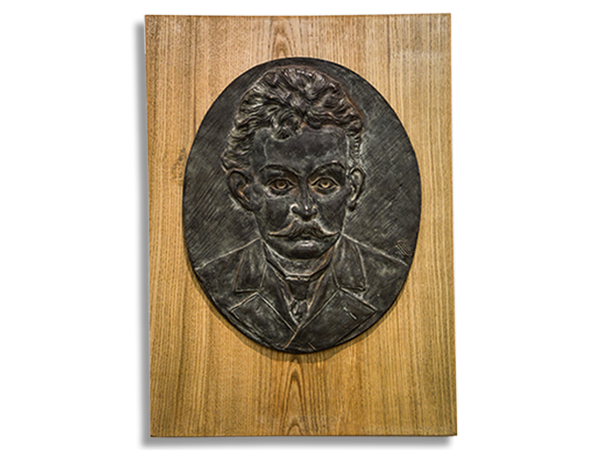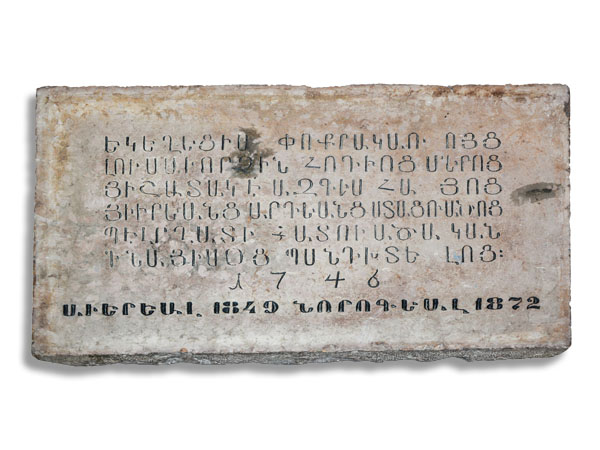Title:
Portrait of Laza Nancic
English
Author:
Description:
Part of the exhibition "White Russia" in Museum of Vojvodina, by senior curator Veselinka Markovic and Aleksandar Petijević
State of origin of the cult. artefact:
Serbia
History:
The work is part of the exhibition "White Russia" in Museum of Vojvodina, by senior curator Veselinka Markovic and Aleksandar Petijević. October Revolution of 1917 started a civil war in Russia, which has led to deaths and emigration of large numbers of people. After the civil war and the defeat of the White Army units, over two million people left their homeland. It was the largest political emigration in the 20th century. The largest number of Russian refugees arrived in the Kingdom of SHS after leaving the southern region of Russia. Most of the refugees started their exile from major Black Sea ports of Odessa, Novorusijsk, Feodosia, Sevastopol, Kerch. From 1919 to 1923, in five immigration waves over Istanbul, Gallipoli and Salonika in the Kingdom has been about 40,000 Russians. Nearly one-fifth of refugees (about 8,000) has found its refuge in the towns and cities of Backa, Banat, Baranja, and Srem. Among Russian refugees in the Kingdom of Serbs, along the soldiers and officers, a part of the Russian intellectual elite and aristocracy with broad education also arrived. A number of secondary military schools - cadet corps girl's Institutes were evacuated from Russia into the Kingdom of SHS. The first Russian colonies in Vojvodina were established in Zemun and Pancevo, then in Novi Sad, Subotica, Great Beckerek, Sombor, Vršac and Bela Crkva. In 1921 the Russian refugees were deployed in more than 80 villages and towns of Srem, Banat, Backa and Baranja. Rural areas were inhabited by the Cossacks, organized into cells. Within the colonies, kindergartens, primary and secondary schools, libraries, and numerous other Russian institutions were established. Of particular importance was the constitution of the Russian Orthodox Church Abroad in Sremski Karlovci. Through the activities of the above institutions spiritual connection of refugee Russians with their homeland cherished. A significant number of Russian intellectuals filled a major gap in culture, education, science and economy of the newly formed Kingdom of Serbs.
Copyright:
Museum of Vojvodina
Type of cultural artefact:
Formats of digital document:
Images:

Name of the original:
Портрет Лазе Нанчића
Municipality:
Novi Sad
Region:
Vojvodina
Country:
Serbia
Institution:
Period:

